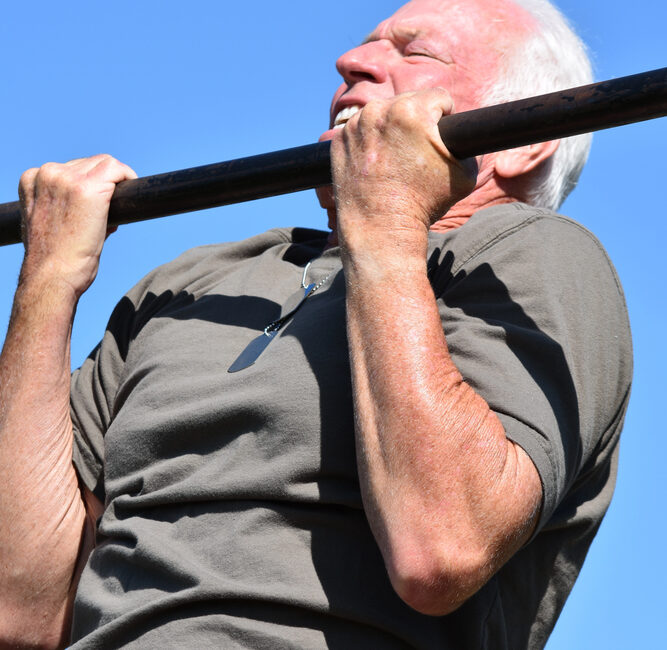Strengthspan

Longevity has become a focal point in the pursuit of health and wellness. But what does living long matter if we’re not living well? Do you care more about making it to 100, even if your last decade + is with poor mobility and independence? Or do you want as much of your last decade to be living life on your terms?
The latter refers to healthspan; maintaining a high quality of life for as long as possible and minimizing the period of time with poor health and morbidity.
A recent BJSM editorial has introduced the concept of strengthspan, making strength a priority throughout life as a means to accomplish healthspan.
Strengthspan, as the authors term it, is all about building a reserve of muscular strength early in life, maintaining activity-induced gains in muscular strength throughout adulthoood and retaining the magnitude and rate of decline.
Simply put, strength training isn’t just for athletes or bodybuilders. The authors argue, and we wholeheartedly agree, it’s an investment in health and longevity for all.
Start strong in Childhood.
Be strong in adulthood.
Stay strong in old age.
Lead author Avery Faigenbaum notes that “regular participation in muscle strength activities (MSA) is associated with a variety of health outcomes including decreases in all cause mortality rates and increases in physical functioning, cardiometabolic health and psychosocial well-being.” He concludes that “by expanding strengthspan with MSA at every stage of life, individuals may not only live longer but my be more likely to move independently, function safely and perform a range of physical tasks effectively throughout the lifespan.”

Notice how your strength metric, shown by the authors as functional strength, grip strength and one-rep maxes will decline rapidly, starting as early as your 30’s. This is a biological reality of aging. The quicker we come to terms with this inevitability the earlier we can intervene.
And it is never too late to start. Obese, frail seniors can still benefit from strength training as demonstrated in this study Strength training 3 times per week doing 1-3 sets of 8-12 repetitions at 65-80% of a 1 repetition maximum for 26 weeks resulted in improvements in strength combined with a slower loss of lean muscle mass and bone mineral density. Results were not as favourable for maintaining lean muscle mass and bone mineral density with cardiovascular exercise only.
Improving strength span, quite obviously, requires strength training.
And if you are a parent. Place priority on getting your child off to a great start when it comes to muscular strength as there is a strong correlation to strength and power in childhood that continues into adulthood.
Expose them to environments where they see healthy resistance training habits. Bring them to the gym with you. Or even better workout at home so they see you engaging in regular resistance training. They may not be interested at first, but we all know kids absorb what they observe.
And when the time is right, encourage them to participate in social environments where they can engage in age appropriate resistance training with their peers or siblings.
By starting them with a good strength base when they are young you are giving them the best chance to continue on a healthly trajectory of strengthspan.
It’s a simple message. And although some may argue an editorial piece is just a glorified version of scientific journalism, we fully endorse the message.
A 2018 survey of American adults found 3 in 5 adults do not engage in any muscle-strengthening exercise. Only 30% of survey respondents engaged in strengthening activities 2-3 times per week, compared to 50% who stated they engaged in regular cardiovascular exercise.
So just imagine what could happen if this message of strengthspan gained momentum, or even support within our health care system? Imagine a health care system that incentivises, rewards and even funds public health measures to promote strength training. Hopefully a politician somewhere is working on this.
